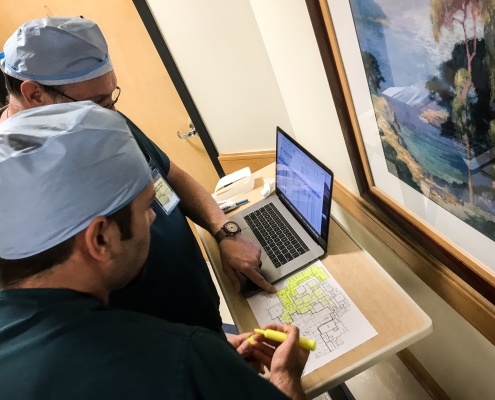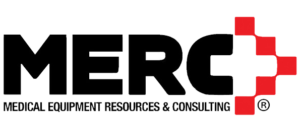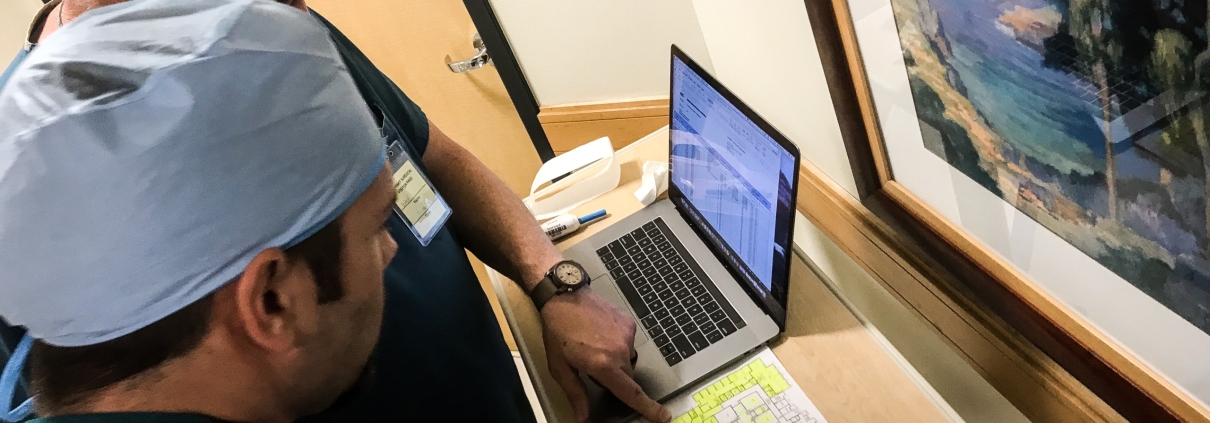Why We Started MERC

03.08.24
It was September 17, 2001, and I’m departing DFW on a flight to North Carolina. As I recall, this was third day that commercial flights were back in service after 9/11.
The airport was virtually empty. I think there were something like five people on the flight. The flight attendants thanked me for the courage to be one of the first people back on a plane post 9/11. It was pretty eerie.
On many occasions I use the time on a flight to think strategically. With an entire row to myself I got comfortable and thought about the business of medical capital equipment. I took that time to consider the position of the customer, the healthcare provider and owner of the equipment.
Taking the position of the healthcare provider was not difficult. I had nine years in various positions with a couple of hospitals, followed by seven years of regional and national GPO experience, serving providers. I had been part of the purchasing, installation, and maintenance process, so that perspective was at the forefront of my thinking.
All of this contemplation led me to a couple of fundamental questions: “how long should a piece of equipment be owned, and what is the optimal time to get out of that/move on from that piece of equipment?” Data would fuel the answers to these questions. The benefit was that these answers would lead to proactive procurement, which would help improve patient care through greater equipment reliability and reduce expenses due to less repairs and planned replacement budgeting.
Fast forward three years. In 2004 I was working for a company that wanted me to continue the development of a professional services group. The intent of this group was to develop a continuum of services that would synergistically feed not only the professional services group, but the parent company’s other services.
Without getting into too much history and detail, the parent company would not or could not financially support the development. So, as a wise man once told me, in the consulting and professional services world “there are two things that happen – you get work and you do work”. So, with the help of some of the good people that were in the parent company we hustled to get work, and that work was inventory work.
Even with that influx of the inventory work, the parent company failed financially and in early 2007 I found myself in the position to either go find another job, or to go on my own – to be self-employed. After much prayer and consultation with my wife, I decided to go on my own.
Opportunity knocked early on. I was able to provide transition planning services to the professional services firm that was providing medical equipment planning for the new Children’s Hospital in Colorado. The move was from the old campus located near downtown Denver to the new healthcare campus developing in Aurora. With the help of the group that hired me and the wonderful team at Children’s the transition was a great success.
During that time my son Kyle had graduated from college and was looking to start his career. He had picked up some work on the Children’s project, and we decided together to form a holding company, which was incorporated June 1, 2007. We filed for a dba for a firm that would provide medical equipment professional services. That dba was Medical Equipment Resources & Consulting, aka MERC.
The vision of predictive procurement analytics never left me, and as the company continued, we accumulated data regarding the equipment we inventoried, evaluated, and appraised. In 2020 we began the process of automating data we had accumulated and the analytics we have been providing, and developed Arrevo, a Healthcare Capital Planning Tool. A key feature in Arrevo is the VIEW Calc, an interactive calculator to help healthcare providers determine how long they should own a piece of equipment, and when the optimal time is to replace that equipment; the vision has become reality.
MERC was formed to provide resources, expertise, and analytics to enable healthcare providers to obtain the most value out of their medical equipment portfolios.
Data. Value. Service. That’s MERC.


